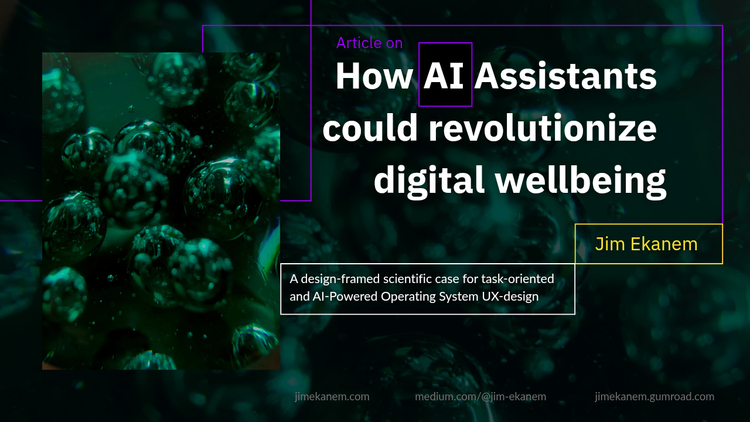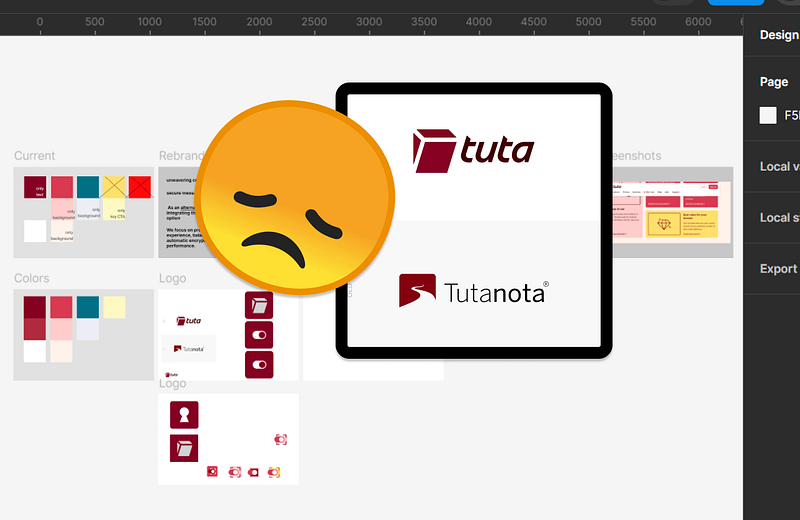Mastering the Kano Model: Hands-On Tips for Designers & Product Owners

Introduction
In the ever-evolving field of digital design, staying ahead of the game requires a deep understanding of various frameworks and methodologies. One such framework that is lesser known is the Kano Model for feature prioritization. It was developed by Noriaki Kano and has its origin in the field of quality management.
In this article, I introduce the Kano Model and provide an explanation of its practical use for UX Designers and Product Owners. In addition, I present its intricacies, When I first applied the Kano Model as a UX Designer at Zurich Insurance Germany, I learned the hard way that the existing guides on the web did not cover all I needed in practice. Therefore, drawing from my industry experience, I present 4 tips on how to effectively apply the Kano Model in your design projects. I wish someone had given me these tips and hope they help you apply the Kano Model in the future.
What is the Kano Model?
Definition
The Kano model is a prioritization method that can be used in product design to help teams determine which product features to choose to implement. The Kano model categorizes product features into five categories based on how their implementation would impact user satisfaction. There are two dimensions in relation to which each category is defined, customer satisfaction and product functionality. Firstly, customer satisfaction ranges from dissatisfied to delighted. Secondly, the degree to which the product feature is implemented ranges from non-existent to complete feature implementation. The graphic below illustrates this:

What follows is a description of the 5 categories. 4 of them can be seen in the graphic below. Based on them it should be easy to imagine the 5th category Reverse:
- Must-Have: These are features that are essential for the product to be considered usable. They are basic requirements that customers expect to be met, and their absence will result in dissatisfaction
- Performance: These are features that improve the performance of the product and increase customer satisfaction. They are not essential, but their presence will result in higher levels of satisfaction
- Attractive: These features excite or delight customers and differentiate the product and service from the competition. They have the greatest influence on customer satisfaction, but their absence will not result in dissatisfaction
- Indifferent: These are features that do not impact customer satisfaction, whether they are present or not
- Reverse: These are features that actually decrease customer satisfaction. They are often the result of trying to add too many features or overcomplicating the product

The Kano Questionnaire is structured as follows
Functional Question: How do you feel if you had this [feature]?
Dysfunctional Question: How do you feel if you did not have this [feature]?
The answers that participants choose one per question from are:
- I like it
- I expect it
- I am neutral
- I can tolerate it
- I dislike it

How to apply the Kano Model
- Identify potential features for the product or service.
- Collect Data from future Users with the Kano Questionnaire
- Categorize each feature into one of the five Kano categories.
- Prioritize the Must-Have features first, followed by the others
- Use customer data to inform the prioritization of features
- Incorporate the Kano model into the feature prioritization activity to help the team further refine and prioritize potential features
4 Tips for Designers and Product Owners
Tip #1: How to identify potential features for your product or service
To identify potential product features, I recommend a mixed-method approach. To do so, quantitative data collection in the form of the Kano Questionnaire must be combined with qualitative research in the form of semi-structured or unstructured interviews.
To begin, it is crucial to interview potential users of your product and collect qualitative data. This activity aligns with the Empathize Phase in the iterative Design Thinking process which involves exploring the problem space and collecting user needs. The goal of these interviews is not to define product features but rather to understand user needs. During user interviews, it is a designer's specialty and responsibility to read between the lines and translate the implicit messages of people into explicit user needs. Designers should take those insights back into the interdisciplinary project team and collaborate in a brainstorming session to generate potential product features collectively.
Next, you’ll need to analyze three competitor products and create a list of their features. To prioritize the features you identified it is necessary to translate the list items into the Kano Questionnaire. The list should be complemented by the product features your UX team derived from the interviews. As a result of surveying your potential users with the Kano Questionnaire, you will receive a breakdown of the most important product features. These must be evaluated in alignment with your project’s goal and available resources from stakeholders, which will be discussed further in Tip #3. In cases where there are no competitor products, the user interviews become even more crucial as they serve as the foundation of exploring the realm of possible features through qualitative research.
Tip #2: How to determine feature categories based on quantitative survey data
It is most important to collect a lot of data from various user demographics to ensure a reliable study. Once you have obtained the response data, the distribution of answers to one of your inquired features might look like the following table. The numbers in the graphic represent the number of participants that require a feature to be assigned to either of the color-coded categories:

As you can see the data does not paint a clear picture of the user’s preference as to how this feature would be categorized. At first glance, it seems as if you must decide between the categories Performance or Indifferent. However, there is also a significant percentage of users that regard the feature as Must-Be or Reverse (which is the opposite of Performance). The data is very inconclusive. To make it clearer ensure that you personas or user profiles ahead of time to segment the potential users you are surveying. Conducting a prescreening and asking additional questions in your survey could help. In this case, it might tell you that a specific user segment requires the feature while another segment doesn’t. These insights can then easily be translated into User Stories in the following design activities. More about how to do so in Tip #4.
Regardless of how rich your data is, it might still turn out inconclusive. This could mean that you phrased the survey questions wrongly or that the Kano Model’s usefulness reaches its limit. Don’t give up and settle for assumptions. In general, you should choose the route of the least assumptions, however, also consider using a different method to validate your assumptions in the field.
Tip #3: How to determine which feature category to implement in your product
This depends on two factors, your product’s goal, and your stakeholder’s resources. It is certain that you should implement features from the categories Must-Be and Performance because their absence influences customer satisfaction negatively. If you are operating in a startup or R&D project, then Must-Be features can be an indication of your MVP’s functional scope. However, with the LeanUX framework in mind, consider validating your assumptions in fast-failing, real scenarios before setting your product features in stone.
Tip #4: How to create User Stories from Kano product features
To integrate Kano product features into User Stories, you must first align your artifacts with the User Story template. In this regard, a product feature can be seen as an Epic in the realm of User Stories. Each product feature consists of one or more user tasks that your competitor analysis and qualitative research inform you about. Thus, you must map each feature's tasks onto a User Story and align it with the respective persona and their contextual goal (see the example given below). As a result of the mapping activity, each User Story can be assigned to a Kano category. This enables you to compellingly present to stakeholders why certain product features should be prioritized over others. Product features are often the language of decision-makers while User Stories cater to user-centeredness valued by UX Designers.
User Story Template:
As a [type of user],
I want to [perform a task]
so that I can [achieve some goal]
Examples: 2 Kano User Stories for a public transport application:
Kano User Story 1
Persona [1]: Busy Commuter
Feature/Epic [x]: Real-time Train Status Notifications
Task [a]: View real-time notifications about delays and cancellations
Task [b]: Be notified about any changes in platform or boarding gates for my train
User Story for persona [1], feature [x], task [a]: As a busy commuter, I want to receive real-time notifications about train delays and cancellations, So that I can plan my travel accordingly and avoid unnecessary delays.
User Story for persona [1], feature [x], task [b]: As a busy commuter, I want to be notified about any changes in platform or boarding gates for my train, So that I can easily navigate the train station and avoid missing my train.
Kano User Story 2
Persona [2]: Daily commuter
Feature/Epic [y]: Multi-Modal Trip Planning
Task [c]: Enter my starting location and destination
Task [d]: view real-time updates and estimated arrival times for buses and trains along my planned route
User Story for user [2], feature [y], task [c]: As a daily commuter, I want to enter my starting location and destination to receive a comprehensive trip plan that includes walking, bus, and train routes, so that I can easily navigate through different modes of transportation.
User Story for user [2], feature [y], task [d]: As a daily commuter, I want to view real-time updates and estimated arrival times for buses and trains along my planned route, so that I can make informed decisions and adjust my travel plans if there are any delays or disruptions.
Conclusion
The Kano Model provides a valuable framework for feature prioritization in product design. By categorizing features into Must-Have, Performance, Attractive, Indifferent, and Reverse, it helps teams understand the impact on user satisfaction and product functionality.
In this article, I presented four key tips for applying the Kano Model effectively. These include identifying potential features through qualitative research and the Kano Questionnaire, determining feature categories based on survey data, prioritizing feature implementation based on project goals and available resources, and creating User Stories aligned with Kano categories to communicate and justify prioritization decisions. Overall the tips offer Designers and Product Owners practical guidance for incorporating the Kano Model into their projects.
Notes from the author:
Thank you for reading my article! Let’s start a dialogue in the comments and make good design even better. Kindly share any other ideas or valuable resources on this topic.
Are you a company looking for a Usability Expert to help you apply the Kano Model in the research and design of your App or Website? Contact Me.
Are you a student or a career changer looking for guidance on how to navigate the journey of learning and applying UX Design? I enjoy giving back. Book a free mentorship call.
References & Further Readings
“Kano Model Basics” by Daniel Zacarias: Link
Nielsen and Norman Different types of User Interviews: Link
The LeanUX book: Link
GitLab documented their experience applying the Kano Model: Link





